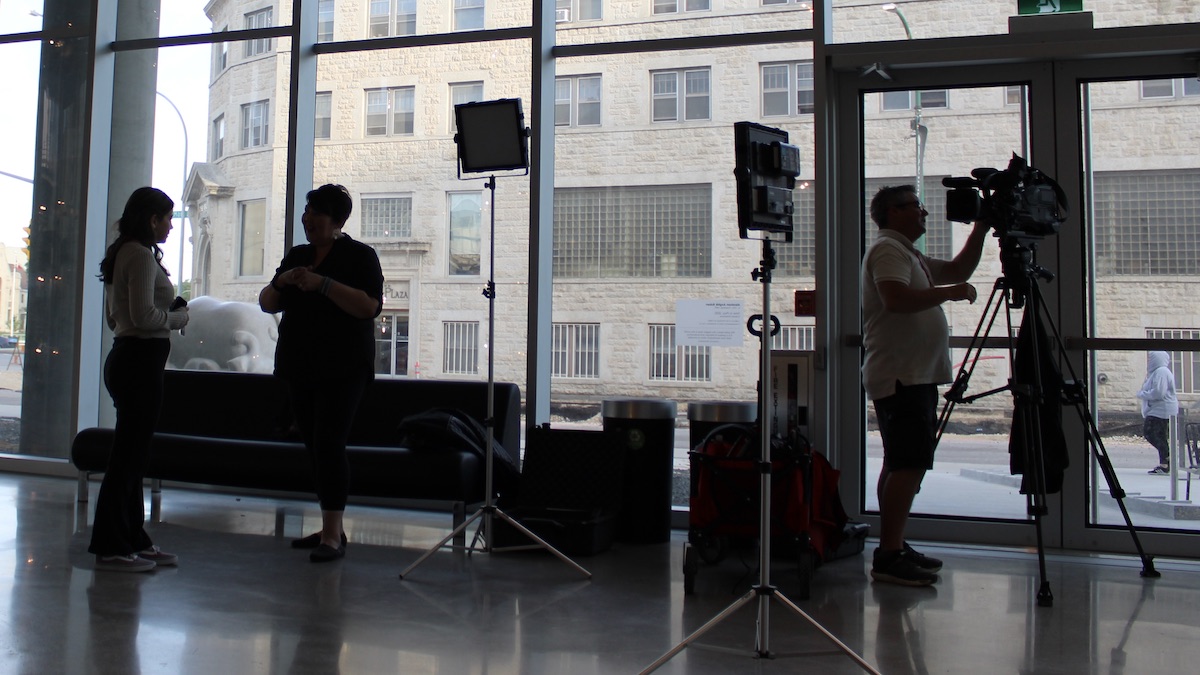Working together for a common cause.
Imagine a community where creativity flows through collaboration—where artists, makers, and storytellers come together, sharing their talents to create something greater than any one person could achieve alone. This vision is brought to life through Ikajuqtigiinniq, an Inuit principle rooted in the power of collective effort. More than just working side by side, it reflects a deep understanding of interconnection, where each voice, gesture, and brushstroke contributes to a shared artistic heartbeat.
At its core, Ikajuqtigiinniq is about respect and reciprocity—recognizing that every contribution holds value, whether it’s passing down traditional knowledge, offering technical skills, or simply being present with encouragement and care. In creative spaces, this principle invites us to co-create environments where all feel seen, heard, and inspired. It’s about building spaces where collaboration isn’t just welcomed—it’s essential.
For artists, Ikajuqtigiinniq might mean coming together on a mural that tells a community’s story, sharing materials in a common studio, or mentoring the next generation of creatives. It can look like audiences showing up, supporting exhibitions, investing in local work, or advocating for the arts as a vital part of community life. These shared actions don’t just sustain artists—they nurture culture, connection, and resilience.
And beyond the gallery or performance space, Ikajuqtigiinniq speaks to how we use art to respond to the world—to protect land, preserve memory, and imagine better futures. When we create together, we amplify each other’s voices and strengthen the cultural fabric that binds us. It’s a reminder that art, like community, thrives when it’s rooted in care, shared purpose, and the collective power of many hands moving as one.








